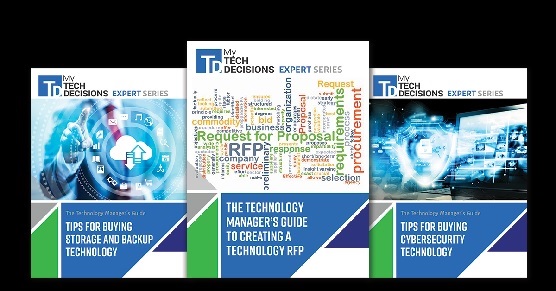Early in the COVID-19 pandemic when organizations were quickly adopting a remote work strategy and deploying collaboration solutions like Zoom, Microsoft Teams, Google Meet, Webex and others to maintain communication with employees and customers, video technology emerged as a must-have. Conference rooms were outfitted with new PTZ cameras and flat screens in anticipation a new hybrid work environment where videoconferencing was a vital business tool.
Now that hybrid meetings have become a reality and employees are burning out on video, robust, professional-grade audio technology is becoming just as—if not more—important to any business’ collaboration portfolio.
Audio’s role in hybrid meetings
Several studies confirm that videoconferencing fatigue is, in fact very real. Microsoft, Zoom and a host of other industry giants agree, as well as researchers from Stanford University who found that excessive amounts of video meetings, watching oneself during video chats and the inability to walk around during a video call can be fatiguing.
While still important to help keep organizations connected and keep remote workers engaged, video is only a part of the solution. In fact, there is no hybrid work without audio technology, says pro audio professionals. Meeting room conferencing solutions were, of course, a staple of any enterprise office prior to the pandemic, but the increased use of conferencing technologies brought attention to the sometimes poor audio quality of those solutions in hybrid environments.
“I think audio is indisputably more important because without audio, there is no meeting,” says Paul Gunia, director of technology partnerships at audio manufacturer Shure, which offers conference room audio technology such as speakers and microphones.
Meetings in which participants have their video off occur every day, and that meeting can still be productive with clear audio. While video has its place in making meetings more personable and helping to make remote workers feel more included, meetings are over before they begin without audio.
With the proliferation of hybrid working models, organizations need to rethink their conference room’s audio solutions. According to Gunia, remote workers are now a core part of most conference calls, whereas before the pandemic, they were “a bit more of observers.”
“And now the whole thing is flipped on its head,” Gunia says.
Conference rooms need to be reworked
However, audio quality issues have become very obvious with virtual meeting platforms now being used as a critical business tool to connect distributed workers and customers to vendors. According to a 2021 study from IT management software provider NETSCOUT about the challenges of hybrid meetings, about one-third or organizations routinely field tickets about poor audio and video quality.
“Suddenly, the amount of time people were spending in front of the computer screen or meeting space tripled or even more,” says David Missal, insights manager for consultants and a technical application engineer at audio company Sennheiser. “All those audio imperfects really started to be even more noticeable.”
When workers are constantly in virtual meetings, simply putting up with poor audio quality is not a tenable solution. Now, when everyone is in a virtual meeting or classroom with some logging on from home and some from the office, audio quality becomes even more important.
In short, conference rooms were not designed for hybrid meetings, leading to remote participants getting the short end of the stick when it comes to being able to hear their on-site colleagues clearly.
“It became a much bigger problem because everyone was doing it, and we needed to make the audio work better in meeting spaces and classrooms to make everything more inclusive and understandable,” Missal says.
Common conferencing audio issues and how to solve them
According to audio experts, some of those common audio pain points include:
- Inconsistent audio based on meeting type, platform
- Inability to track participants as they move around a room
- How to include a wider audience in the audio feed for remote participants
- A lack of directional audio
- Internet bandwidth issues
Organizations can solve of those issues by:
- Making sure the room’s acoustics are set up for good audio quality
- Focusing on ease of use and automating audio settings such as gain
- Exploring ceiling microphones and beamforming technology instead of tabletop or handheld microphones
- Instituting standards across your organization’s UC&C estate to ensure a consistent user experience
- Deploying solutions that can be easily monitored and managed by IT
If remote participants can’t understand what is being said, then meeting productivity takes a hit and opens the door for remote workers to become distracted by something else, says William Zadnik, applications engineer at Shure.
The onus is one the on-site meeting participants to keep remote workers engaged, including mixing in some media or quizzes to reduce the effects of conferencing fatigue. But if the meeting audio for remote workers isn’t intelligible, none of those things will matter.
“Being heard and understand and having a good microphone when you’re doing a presentation and making sure everybody has good quality audio so that everyone is understood is what’s really important in these meetings,” Zadnick says. “Otherwise, productivity goes down and you get that disconnection effect.”
If you enjoyed this article and want to receive more valuable industry content like this, click here to sign up for our digital newsletters!










Leave a Reply